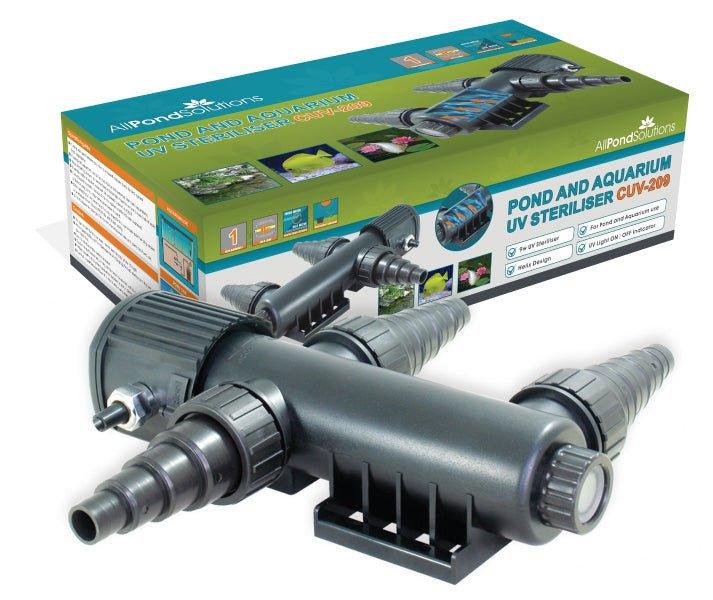What Should I Put at the Bottom of My Fish Tank?
There are countless options if you're comparing Substrate and Soil for your aquarium – but the right solution depends on the species you keep, your aquascaping, and the size of your fish tank.
Aquarium gravel is by far the most common substrate for freshwater aquariums. Still, a soil substrate could be an excellent alternative if you want to maintain low pH levels and help your aquarium plants to grow.
Is Aquarium Soil Better Than Gravel?
Using Aquarium Gravel as your substrate is ideal for species such as catfish, Corydoras and Plecostomus – they use the gravel to burrow and find it stimulating and similar to the natural environments they most thrive in.
Smaller fish can find gravel too dense and heavy and may prefer aquarium soil.
Much depends on the mixture of fish, aquatic species, and plants. In a freshwater tank, gravel can be beneficial since it allows water to flow, preventing build-ups of bacteria and amoebas within the substrate, which can cause mould.
However, shrimps and live aquatic plants love aquarium soil – so it’s important to consider the species you intend to keep before settling on the ideal substrate for your tank.
Can You Mix Gravel and Soil in Aquarium Environments?
Aquarium substrates shouldn't be mixed but can be laid in layers. Combining different sizes of grains and particles causes excess compression that can harden, although layered substrates can be optimal.
Putting down a nutrient-rich aquarium soil as a substrate, covered with a couple of inches of Aquarium Sand and Gravel, is ideal, providing the benefits from both the added nutrition and the anti-bacterial gravel.
How Long Does Soil Last in Aquarium Habitats?
In general, aquarium soil for aquascaping needs changing after six to ten months, depending on the number of plants and the level of growth. It is important to replace aquarium soil periodically since nutrient levels gradually begin to dip.
However, you can also use water additives to prevent soil from breaking down and clouding the water – but replacing the soil after a maximum of a year is highly advisable.
